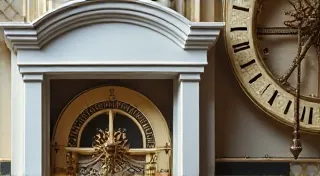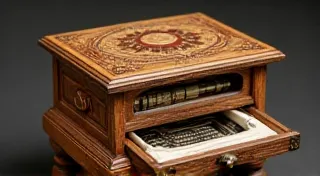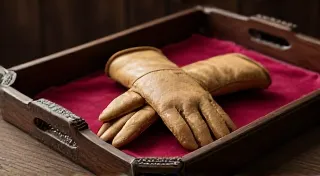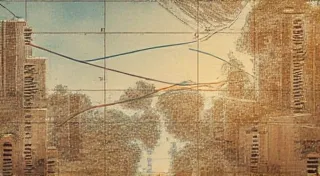Echoes in the Carriage Return: The Psychology of Typewriter Rhythm
There's a particular scent associated with antique typewriters – a blend of oil, dust, and the ghost of countless stories. It's a smell that instantly transports me. I remember, as a child, my grandfather's study. He was a meticulous man, a historian, and the heavy Remington sitting on his desk was more than just office equipment; it was a portal to another era, a silent participant in his life’s work. I wasn't allowed to touch it, of course. Its importance was palpable, a physical manifestation of his dedication. Now, years later, owning and occasionally using a few of my own, I understand that reverence a little better. It's not just about the machine itself, but about the deliberate slowing, the considered placement of each word, that a typewriter demands.
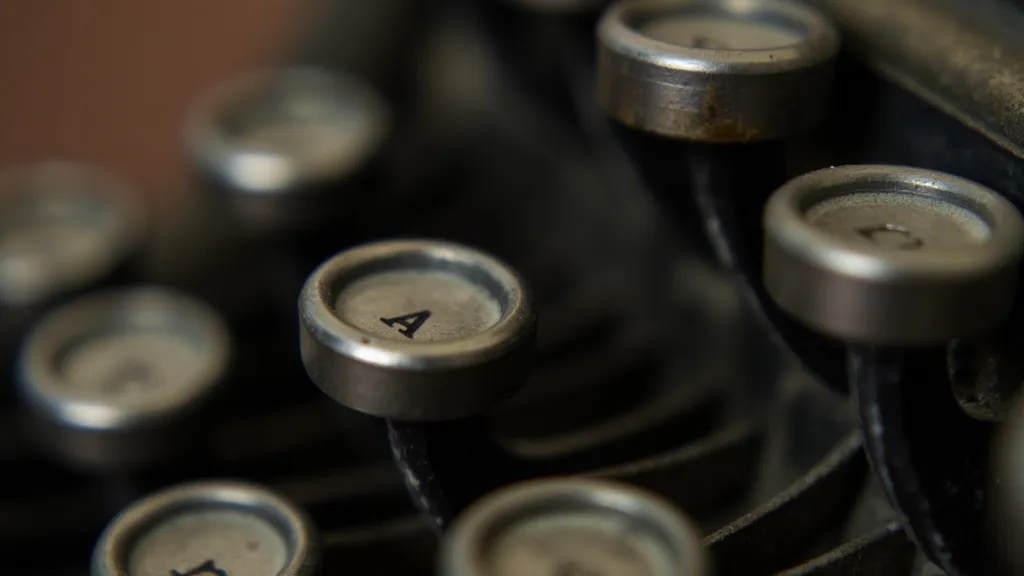
The Mechanical Cadence and the Slowing of Thought
The digital age has rendered the typewriter almost quaint. The instantaneous gratification of typing, the ability to edit with a few keystrokes, it all contributes to a culture of immediacy. But the typewriter…the typewriter forces you to think. You're not simply transcribing thoughts; you’re translating them into a physical action. Each letter requires a deliberate press, each line a careful carriage return. This mechanical cadence isn’t a hindrance; it's a powerful constraint that subtly reshapes the creative process. It acts as a filter, allowing only the clearest, most considered thoughts to be committed to paper.
Think about the writing process for a moment. When we write digitally, it's a continuous flow. We correct, delete, rearrange. That constant revision can lead to a meandering, unfocused narrative. The typewriter, however, is unforgiving. Mistakes are baked in, requiring messy correction tape or carefully inserted slips of paper. This inherent lack of flexibility isn’s a defect; it's a design feature that fosters a certain discipline. You learn to choose your words more carefully, to structure your sentences with greater precision. It's a deliberate slowing of thought, a return to a more considered and reflective writing style.
Craftsmanship and the Tangible Connection
Beyond the psychological impact, the craftsmanship of vintage typewriters is remarkable. These weren't mass-produced commodities. They were built to last, with sturdy metal frames, intricate mechanisms, and a pride in workmanship that's largely absent in today’s disposable culture. The weight of a Royal Standard, the satisfying click of the keys on a Smith Corona, the solidity of a Hermes – these are all tactile experiences that forge a tangible connection to the past. You can feel the decades of use etched into the metal, the silent history held within its gears.
Restoring a typewriter isn’t just about repairing a machine; it's about preserving a piece of history. It’s a meditative process, requiring patience, attention to detail, and a deep appreciation for the ingenuity of the engineers who designed them. I recently spent a frustrating, but ultimately rewarding, afternoon dismantling and cleaning a 1950s Underwood. It was coated in decades of grime, but underneath the dirt, the intricate beauty of the mechanism shone through. Each tiny screw, each delicate spring, was a testament to the dedication of the original craftsmen. Seeing it functional again, hearing the familiar clatter of the keys, felt like reawakening a sleeping giant.
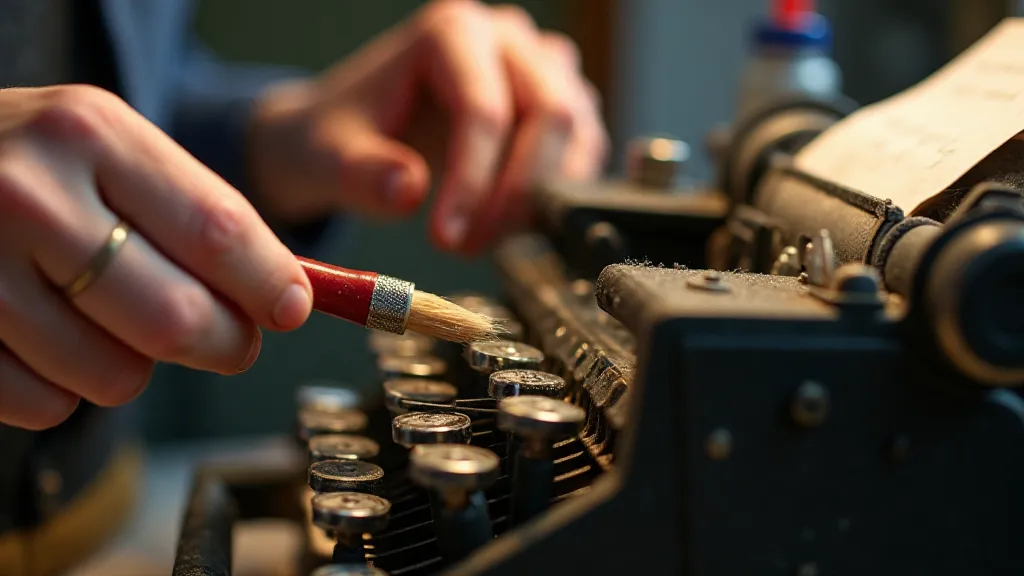
The Echoes of Writers Past
It's humbling to consider the countless stories that have been typed on these machines. Ernest Hemingway, William Faulkner, Agatha Christie – all were devotees of the typewriter. Imagine the thoughts that passed through their minds as they hammered out their masterpieces, the rhythm of the keys echoing their creative process. Holding a vintage typewriter, you're not just holding a machine; you're holding a conduit to the past, a link to the writers who shaped our literary landscape.
There’s a certain romance associated with that thought. It’s a reminder that writing isn't just about words; it's about process, about discipline, about the deliberate crafting of a narrative. The digital age has democratized writing, making it accessible to anyone with a computer. But in the relentless pursuit of efficiency, we’ve sacrificed something essential: the deliberate slowing, the considered placement, the tactile connection to the craft.
Collecting and Preservation: A Labor of Love
Collecting vintage typewriters isn’t simply about accumulating objects; it's about preserving a piece of history. Each machine tells a story – a story of its original owner, of the words it typed, of the era it represents. The market for collectible typewriters is surprisingly robust, with certain models – particularly those associated with famous writers or in exceptional condition – commanding significant prices. But for most collectors, the monetary value is secondary to the appreciation of these mechanical marvels.
Restoration is a crucial aspect of typewriter collecting. It requires a certain level of technical skill, as well as a deep respect for the original design. Replacing missing parts, lubricating the mechanism, and cleaning the exterior – these are all meticulous tasks that require patience and attention to detail. The internet has made it easier than ever to find information and resources for typewriter restoration, with online forums and communities dedicated to preserving these mechanical treasures. Finding a reliable source for replacement parts can be challenging, but the rewards of bringing a neglected typewriter back to life are immeasurable.
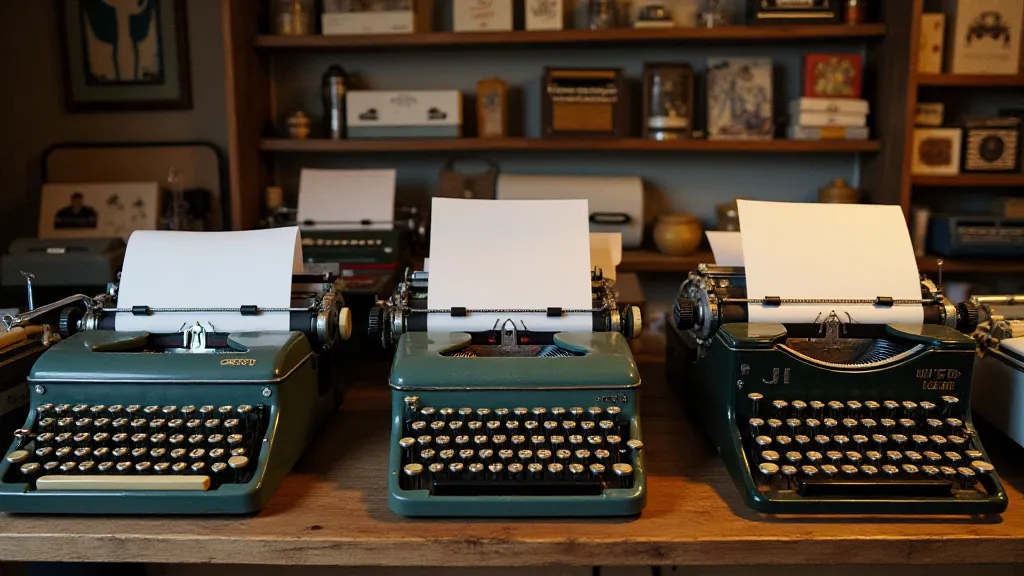
The Enduring Appeal of the Mechanical Word
The typewriter may no longer be the primary tool of the writer, but its enduring appeal lies in its ability to reconnect us to a slower, more deliberate way of working. It’s a reminder that creativity isn’s always about speed and efficiency; it’s about process, about discipline, about the deliberate crafting of a narrative. The rhythmic clatter of the keys, the tactile connection to the machine, the satisfying weight of the carriage return – these are all sensory experiences that can spark creativity and enhance the writing process. It offers a respite from the constant distractions of the digital world, a chance to slow down, to focus, and to reconnect with the essence of the written word. The echoes in the carriage return remain, whispering tales of writers past and reminding us of the beauty and power of the mechanical word.
